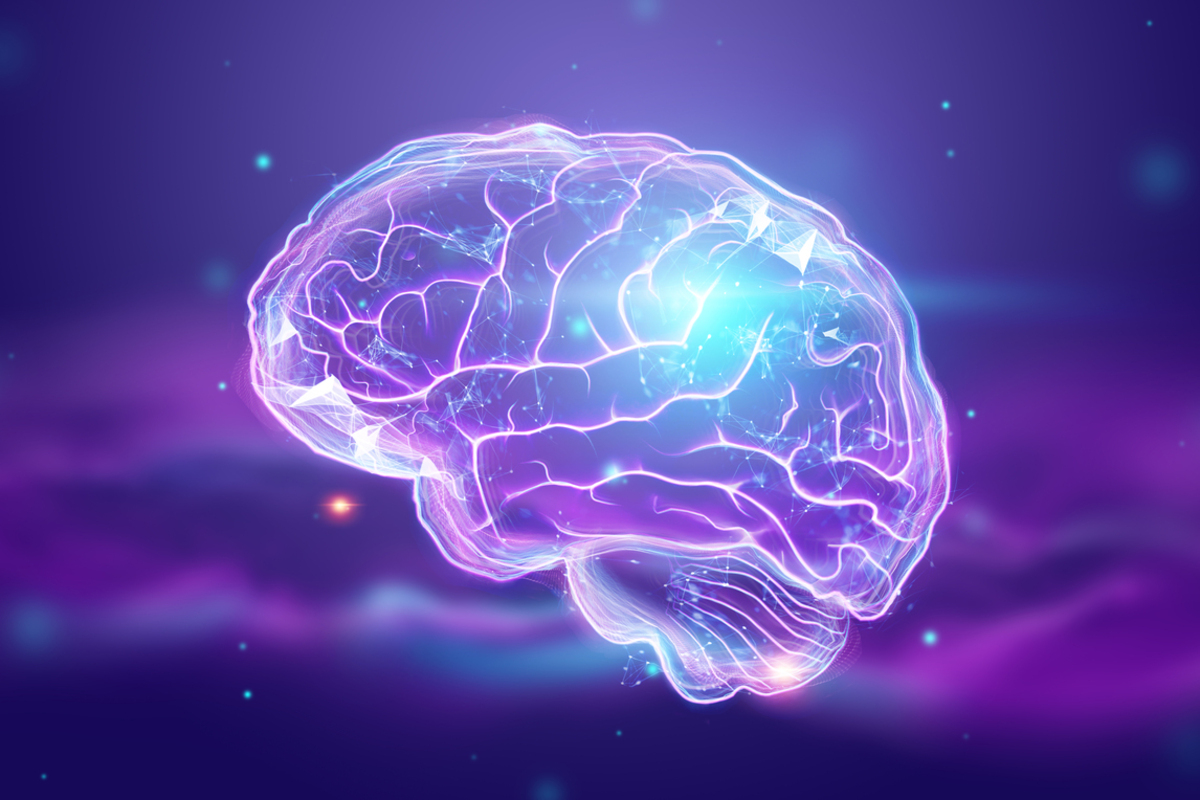Nobody chooses to be an addict. Many of the over 20 million people addicted to alcohol and drugs in the United States try but fail to break free — often initially on their own without much success, and then with professional help. Even once an addict enters treatment and gets clean or sober, they have a high risk of getting pulled back in. Somewhere between 40 and 60 percent of all addicts in remission will relapse.

Many see a relapse as a sign that a person has failed, or even that they weren't committed enough. Addiction, however, fundamentally alters brain functioning, and is now recognized as a chronic brain disease — manageable, but not currently curable. Treatment mostly consists of behavioral therapies, social support, and in many cases also pharmacological treatment to help addicts get clean and stay clean in the early stages of remission.
Transcranial magnetic stimulation? What's that?
The American Society of Addiction Medicine describes repeated transcranial magnetic stimulation — an approach that falls under a wider umbrella of brain stimulation therapies — as a treatment that "uses a coil that generates a magnetic field that passes through the skull, inducing an electrical field that alters neuronal activity".
That sounds kind of intimidating, but from a patient's point of view, the procedure is pretty non-invasive, and even, if you like, "chill".
Someone undergoing transcranial magnetic stimulation can expect to be seated in a large and comfy chair for a duration of somewhere between 20 and 50 minutes. A powerful magnetic device placed somewhere around their brain delivers electric currents to parts of the brain involved in addiction, like portions of the prefrontal cortex. Repeated sessions are usually needed before any results will appear, so transcranial magnetic stimulation may be a time-consuming endeavour. On the upside, transcranial magnetic stimulation doesn't usually hurt, no anesthesia is needed, and there is a very low risk of side effects like seizures.
Mostly used to help people suffering from treatment-resistant depression and anxiety disorders, TMS has also been explored as a potentially promising treatment for people suffering from substance use disorders.
Does transcranial magnetic stimulation offer hope for addicts?
Maybe. TMS comes in a few different types, and the reason it's mostly been used to treat people with hard-to-beat depression is that transcranial magnetic stimulation has an easier time reaching superficial regions of the brain while still remaining highly targeted. Science has now reached a point where deeper brain regions can be reached through TMS, but this comes at a cost — it means larger areas are exposed to the treatment.
Studies into the potential of transcranial magnetic stimulation in the field of addiction treatment have mostly focused on smoking cessation, but that's just the start. Anyone curious about this treatment or even interested in it for themselves may want to know that:
- People receiving transcranial magnetic stimulation to help them quit smoking indeed smoked fewer cigarettes and had fewer cravings than those receiving "sham" treatments that merely simulate TMS. This treatment is more successful where combined with a kind of exposure therapy that aims to train ex-smokers to not crave nicotine when confronted with smoking triggers.
- Research has also experimented with TMS for people with cocaine use disorders, with some success after only two sessions.
- Some studies have found transcranial magnetic stimulation to be effective in reducing alcohol cravings in alcoholics, while others had less promising results.
- There is a chance that TMS may help people addicted to methamphetamine, too, but research is limited.
Even that happens, this brain stimulation therapy will likely never become a stand-alone treatment approach — addicts will still need to go through medically-supervised detox (where relevant), many addicts will still benefit from pharmacological protocols, and behavioral therapies (yup, talk therapy) and peer-support will remain an important part of recovery.
Still, transcranial magnetic stimulation may, alongside other novel brain stimulation therapies like transcranial direct current stimulation and the deep brain stimulation that implants electrodes into your brain and that's already widely used to help patients with Parkinson's disease, come to play an integral role in addiction treatment in the future. It could even, perhaps, help many addicts who now suffer relapse after relapse with the treatment options currently on the table.
- Photo courtesy of SteadyHealth
- www.nimh.nih.gov/health/topics/substance-use-and-mental-health/index.shtml
- www.drugabuse.gov/publications/drugs-brains-behavior-science-addiction/treatment-recovery
- www.ncbi.nlm.nih.gov/pubmed/19183128
- www.ncbi.nlm.nih.gov/pubmed/25038985
- www.sciencedirect.com/science/article/abs/pii/S0376871606002225
- www.ncbi.nlm.nih.gov/pubmed/25069523
- www.asam.org/resources/publications/magazine/read/article/2015/08/14/brain-stimulation-as-a-potential-treatment-for-addiction


Your thoughts on this